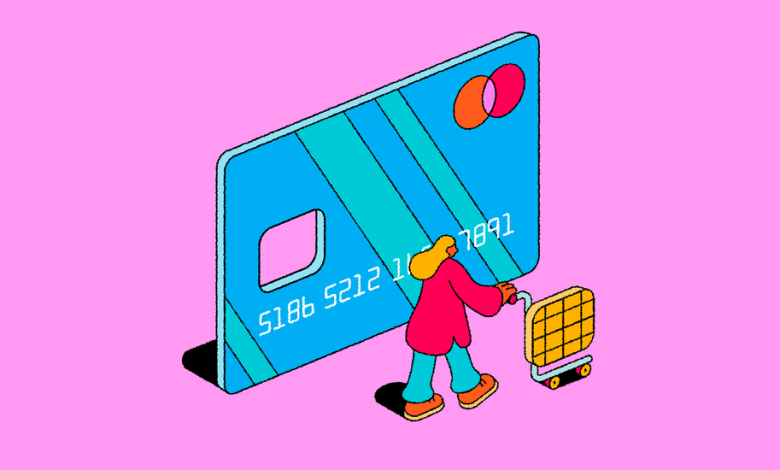Looking for a Lower Credit Card Interest Rate? Good Luck.

Credit card debt is rising, and shopping for a card with a lower interest rate can help you save money. But the challenge is finding one.
Smaller banks and credit unions typically charge significantly lower interest rates on credit cards than the largest banks do — even among customers with top-notch credit, the Consumer Financial Protection Bureau reported last week.
But online card comparison tools tend to emphasize cards from larger banks that pay fees to the sites when shoppers apply for cards, said Julie Margetta Morgan, the bureau’s associate director for research, monitoring and regulations. “It’s pretty hard to shop for a good deal on a credit card right now.”
For cardholders with “good” credit — a credit score of 620 to 719 — the typical interest rate charged by big banks was about 28 percent, compared with about 18 percent at small banks, the report found.
For those with poor credit — reflected by a score of 619 or lower — large banks charged a median rate of more than 28 percent, compared with about 21 percent at small banks. (Basic credit scores range from 300 to 850.)
The variation in the rates charged by big banks and smaller ones can mean a difference, on average, of $400 to $500 a year in interest for cardholders with an average balance of $5,000, the bureau found.
